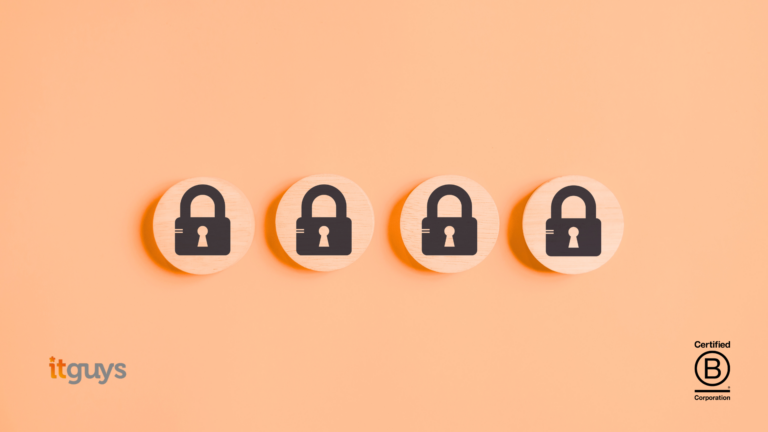Every company or organisation, both big and small, should focus on reducing environmental impact, enhancing energy efficiency, and adopting responsible practices to become more sustainable with its IT strategy.
Being sustainable isn’t just for the big guys. Small businesses have a huge opportunity to grow and reap the rewards while doing their bit to help the planet. Here are three first steps to achieve this:
1. Conduct an IT Sustainability Audit
Assessment of Current State: Evaluate your existing IT infrastructure, including hardware, software, data centres, and operational practices, to understand their environmental impact.
Identify Key Areas for Improvement: Look for areas with high energy consumption, excessive e-waste, and inefficient processes. Prioritise these for immediate action.
Set Clear Sustainability Goals: Define measurable goals for reducing carbon footprint, energy usage, and e-waste. Align these goals with broader corporate sustainability objectives.
2. Optimise Energy Usage
Energy-Efficient Hardware: Invest in energy-efficient servers, desktops, laptops, and other IT equipment. Look for certifications like TCO and ENERGY STAR that indicate lower energy consumption.
Virtualisation and Cloud Computing: Virtualisation technologies can reduce the number of physical servers. Cloud services offer more efficient resource utilisation and often operate on renewable energy.
Power Management Practices: Implement power management features such as automatic sleep modes for computers and servers and encourage employees to shut down devices when not in use.
3. Adopt a Green IT Procurement Policy
Sustainable Suppliers: Choose IT vendors and suppliers prioritising sustainability in their operations and products. Look for those committed to reducing their environmental impact and using recycled or eco-friendly materials. A great way to do this is to work with B-Corps. They’ve gone through the hard work of ensuring they’re adhering to best practices so that you can too.
Life Cycle Management: Consider the entire lifecycle of IT products, from production to disposal. Opt for products that are designed for longevity, repairability, and recyclability. Remember, remanufactured machines can be a great solution.
E-Waste Recycling Programs: Establish a formal process for recycling old and unused IT equipment. Partner with certified e-waste recycling companies to ensure responsible disposal and recovery of valuable materials.
Additional Tips:
Promote Remote Work and Digital Collaboration: Encourage remote work and use of digital collaboration tools to reduce travel-related carbon emissions.
Educate and Involve Employees: Foster a culture of sustainability by educating employees about green IT practices and encouraging their participation in sustainability initiatives.
By taking these initial steps, companies can create a more sustainable IT strategy that not only benefits the environment but also supports long-term business goals through cost savings and improved efficiency.






